Latest News
Infographic: Gambling Industry Expos vs Gambling Industry Summits
 Reading Time: 5 minutes
Reading Time: 5 minutes
Boutique style conference organizer presents the importance of quality vs quantity when it comes to planning your events calendar.
We have decided to put together a list of strong facts why growing companies with limited budget should opt for summits and smaller conferences versus large expos.
The facts on the list have been compiled after a short survey with selected companies that are usually attending up to 90% of conferences and expos during one year.
This infographic should not be taken as a statement against expos, it is just the fact that has been pointed out during the questioning.

As seen above, attending an expo is not as simple as attending a summit and here are the main points that have been discussed during the survey:
- Logistics

Expo – In order to be successful at an expo, you need to book a stand and in order to stand out from the crowd, you have to come up a unique layout and design, that nobody has ever seen. It’s really hard to cope with when it comes to having all the already known brands installing their already visible branding at their stylish stands. After you have your stand’s design, the part of booking the furniture, lighting, electrics, and internet. This is only the logistics part, you need to also arrange meetings and hire staff, book the hotel for your colleagues and create the marketing materials. Not to mention, start an advertising campaign to highlight your attendance.
Summit – You ask for the organizer about the attending companies (usually not a myriad) and you can easily locate your targets/prospects to start planning the meetings. You check the agenda/program for the time schedule and you buy the tickets(s). You book the accommodation during your stay (usually 2 nights).
- Meetings (before and during the event)

Expo – You spend hours to browse the attending companies and making phone calls to arrange meetings out of which, usually 40% are always canceled at the last minute. You create several marketing campaigns to create leads and follow closely the prospect pipeline.
Once you get to the expo you are in a hall that has thousands of visitors, running to their meetings or browsing for freebies. Some of them even browsing for business card for database building.
As mentioned earlier, you start greeting your already set up meetings, but you are also keeping your agenda open for potential clients, that might find you offering interesting. Between meetings and staying hungry, you spend hours at your stand waiting for potential clients and doing the promo gigs with leaflet/flyer handouts.
During you already set up meetings, you are keeping track of time so you can also meet your next scheduled prospect, but your prospect is also focused on her/his own schedule. Everyone is keeping track of time and calculating how much it takes to get to their next meeting (finding the stand, finding the contact, etc.).
Summit – You arrive at to the usually luxurious venue and greeted with a smile. You receive your badge and lanyard, and you instantly meet some connection you have contacted prior to the event. You sit down in the conference room with a coffee or a tea and already start discussing your possible collaboration. You know you are not wasting your time as you are speaking with a high-level pre-qualified decision-maker who is at the summit to get quality content without the hassle of running from hall to hall and keeping track of what going on. It’s a laid back atmosphere and everyone is there to meet like-minded peers while also getting the latest quality updates.
During networking breaks and the complimentary lunch break, you sit down with 1-2 prospect that you either contact before the conference or meet in the lounge, and you engage with buyers that are actively sourcing your solutions.
In the evening you enjoy a relaxed social gathering and have a few drinks to meet other prospects before you call it a day. The next morning or afternoon you enjoy a bit of sightseeing and you jet off to your next destination.
- Post-event

Expo – You plan your next 3 weeks to follow up with the prospect you have met during the exhibition and try to get them to set up a new meeting at your office or their headquarters. This usually involves more travels, but at first, you have to get that response which has to be approved by the upper decision-maker, who you did not meet yet in person. Keep in mind that your prospect has also met at least 25-30 other solution providers and is now examining reviews and feedback from other clients.
During the follow-up period, you also send an email to people that you never met and have left their card at your stand, sometimes getting in weird situations, explaining where you got their contacts from.
You also have to go over more details as you due to the lack of time, you did not have the chance to explain clearly or the many questions remained un-answered while keeping track of the meetings schedule on both sides.
After you get some promising answers, you need to plan for the next expo and invite the prospects for a second face to face discussion while also maintaining the stand related standards in order to keep appearing on your advantage. It’s back to the drawing board again and back to number one on the list, logistics. During this time, you are also keeping an eye on your marketing budget to see if you are still on track and can fit in some updates to your stand.
Summit – You get back to the office and follow up on the clients you’ve met earlier and ask them if they have any remaining questions after your one on one meeting during the networking break, at lunch, dinner or social gathering.
Once you follow up, you get an instant answer from the decision-maker and you close the prospective pipeline. You look for the next conference in the area you are targeting for clients and you register your delegate pass.
To sum it all up, although your brand may see an increase in visibility during an expo, it might be lost in the loudness and in the shade of larger brands. If you have a restricted budges, sometimes you might even have to break the bank in order to cover all costs.
Medium costs of attending an expo can go over 10.000 EUR in many cases while attending a summit, you only invest up to 1000-1200 EUR (including travel and accommodation costs).
If you thought that this is useful information, please share among your connections and don’t forget to consider two upcoming summits this autumn:
- 4th edition of CEEGC Budapest – 24 September, The Ritz-Carlton – read more
- 2nd edition of European Gaming Congress – 8 November, Radisson Blu Milan – read more
And if you are already planning your 2020 agenda,
- 4th edition of Prague Gaming Summit – 6 March 2020, Vienna House Andels Prague – read more
- 3rd edition of MARE BALTICUM Gaming Summit – 7 / 14 May 2020 – Tallinn, Estonia / Copenhagen, Denmark – read more
We hope that you received some useful information today and we look forward to your suggestions on our social media channels.
Source: Latest News on European Gaming Media Network
This is a Syndicated News piece. Photo credits or photo sources can be found on the source article: Infographic: Gambling Industry Expos vs Gambling Industry Summits

Latest News
13 gambling company executives in appeal against ATG’s proposal to raise gambling tax in Sweden
BOS – The Swedish Trade Association for Online Gambling – is today submitting a letter to the government. The letter is signed by 13 gambling company executives and BOS’s secretary general. In the letter, the signatories urge the government not to support the gambling company ATG in their proposal to raise the general gambling tax in favour of a reduction in the tax on horse racing.
As a main argument, the signatories highlight the fact that the level of the gambling tax affects the proportion of consumers who choose to gamble on the legal licensed gambling market, and that too many consumers are already opting out of the safety of the licensed market with its extensive consumer protection.
“Horse betting has a channelisation rate of between 98-99 percent. Online casino, according to the most optimistic estimates, has a channelisation rate of between 72-82 percent. The higher the tax, the greater the risk that the consumer will choose unlicensed gambling, where neither gambling tax nor consumer protection exists. To then lower the gambling tax for horse betting, which already has a very strong channelisation, and raise it for online casino, which has a very weak channelisation, would be completely incomprehensible. At least for those who prioritize consumer protection,” says BOS Secretary General Gustaf Hoffstedt.
You can read the full letter here: Letter to Government on ATG gambling duty
The post 13 gambling company executives in appeal against ATG’s proposal to raise gambling tax in Sweden appeared first on Gaming and Gambling Industry Newsroom.
Latest News
Momentum Series: A Crash Gaming collection crafted for emotions in your online casino
FBMDS proudly unveils the Momentum Series, a crash gaming collection built to deliver fast-paced thrills, immersive visuals, and strong retention for online casino operators worldwide with the Piñata Rush, Magical Garden and Arctic Jumper titles.
Designed “for emotions” and “born to captivate”, the Momentum Series includes three high-performing titles — Piñata Rush, Magical Garden, and Arctic Jumper — that redefine the crash genre with dynamic gameplay, deep personalization, and stunning 3D environments.
The Momentum Series was created to give players more control, excitement, and emotional connection while providing operators with games designed for longer sessions and better retention metrics. Each title combines intuitive gameplay with high volatility, 97%+ RTP, and a responsive, mobile-first design, ensuring performance across devices and browsers. Players can personalize their experience with auto bets, double bets, and auto cashouts, adapting each round to their individual risk strategy.
Piñata Rush offers a colorful, multiplayer crash gaming experience set in lively Mexican-inspired streets. Players can track others’ progress in real time and enjoy a community-driven atmosphere that keeps engagement levels high. With 97.06% RTP and features such as Multiplayer, Auto Play, Auto Cash-Out, and a configurable Max Bet from 100x to 1000x, this crash game provides vibrant entertainment across Android, iOS, Mac OS, and Windows.
Magical Garden immerses players in a lush 3D fantasy world where serenity meets suspense. This single-player experience blends calm and thrill through Auto Play and Auto Cash-Out functions, allowing personalized strategies and a Max Bet configurable from 100x to 1000x. With 97% RTP, it offers operators a high-performing product with wide cross-platform compatibility.
Arctic Jumper brings adrenaline to the frozen north with a fully 3D single-player experience. Its immersive visuals and smooth performance are enhanced by Auto Play, Auto Cash-Out, and customizable betting options that match each player’s risk profile. Operating at 97% RTP, this title delivers consistent engagement and retention potential for competitive markets.
“The Momentum Series represents FBMDS’ evolution into crash gaming — a genre built on emotion, timing, and control,” said Renato Almeida, Director at FBMDS. “With Piñata Rush, Magical Garden, and Arctic Jumper, we’re delivering fast, flexible, and emotionally charged experiences that empower both players and operators.”
FBMDS brings a winning portfolio of innovative iGaming solutions, blending tradition with cutting-edge technology to deliver engaging, reliable, and profitable gaming experiences for operators worldwide. With a focus on slots, table games, video bingo, and now crash games, FBMDS empowers partners to scale and succeed in competitive markets.
The post Momentum Series: A Crash Gaming collection crafted for emotions in your online casino appeared first on Gaming and Gambling Industry Newsroom.
Latest News
Cozy Coast Launches Worldwide: Beach Adventure from InnoGames Now Available
- Sunny feel-good vibes for everyone: Cozy Coast now available for iOS and Android
- New trailer highlights entertaining storytelling, merge-2 puzzles, and diverse gameplay elements
- Upcoming updates with new events and challenges for long-lasting fun
A beach adventure with heart: InnoGames, one of Germany’s leading developers and publishers of mobile and browser games, today launches Cozy Coast worldwide, bringing sunny feel-good moments to smartphones and tablets. The game is now available for free on the App Store and Google Play Store. Players in selected regions have already explored the Mediterranean island of Calista and experienced the captivating story of the two protagonists Mia and Elara. The unique mix of merge-2 puzzles, exploration, and heartfelt moments is clearly resonating with players, earning 4.8 on the App Store and 4.6 on Google Play out of 5 stars.
With today’s launch, InnoGames expands the game’s language support. Alongside the existing languages German, English, and French, Cozy Coast is now also available in Italian, Polish, Portuguese, and Spanish.
New Features, More Events: Regular Updates for Lasting Fun
In Cozy Coast, players accompany best friends Mia and Elara on a journey across the picturesque Mediterranean island of Calista. For Mia, the island is filled with childhood memories, but its former charm has faded. Together, they set out to restore the island. The gameplay centers on merge-2 mechanics: By skillfully combining items, players fulfill the wishes of island residents, collect resources, and restore buildings to unlock new areas of Calista. Along their journey, Mia and Elara encounter interesting characters, discover secrets, and explore the environment.
Check out the trailer on youtube: youtube.com/watch?v=hpacBlPfio4
Since the initial launch of Cozy Coast in selected regions, the development team has steadily expanded the merge-2 adventure. Customizable portraits, 3D decoration events, special quests with unique rewards, and advanced challenges for experienced players ensure there’s always something new to discover. The holiday season has also arrived: players can earn daily rewards, including the festive avatar “Winter Elara”.
Key Features of Cozy Coast
- Merge items: Strategically combine items to create new and higher-value objects
- Restore the seaside promenade: Renovate abandoned buildings to unlock new areas
- Adventure in paradise: Follow best friends Mia and Elara as they discover hidden places and uncover the secrets of a corporation with questionable intentions
- Characters with personality: Meet fascinating characters. Every encounter comes with a story – sometimes touching, sometimes mysterious, but always full of emotion
- Fresh challenges every day: Participate in competitive, daily, weekly, and seasonal events like exploration quests, puzzle collections, decoration and special story-driven missions to receive exciting rewards and enjoy lasting gameplay
- A personal touch: Use portrait customization to bring individuality and personality to every adventure.
- Unwind in a Mediterranean setting: Experience stress-free gameplay paired with a captivating story of friendship, courage, and hope
- Free to play without restrictions: Available worldwide on iOS and Android (except in Russia and China)
Cozy Coast is available on the App Store for iOS and on Google Play for Android.
For the latest news about the game, visit the official website or follow Cozy Coast on Facebook, Instagram, TikTok, and YouTube.
The post Cozy Coast Launches Worldwide: Beach Adventure from InnoGames Now Available appeared first on Gaming and Gambling Industry Newsroom.
-
Latest News3 months ago
Announcement: 25th September 2025
-
Latest News3 months ago
AI-Powered Gamification Arrives on Vegangster Platform via Smartico
-
Latest News1 month ago
JioBLAST Launches All Stars vs India powered by Campa Energy: A New Era of Creator-Driven Esports Entertainment
-
Latest News3 months ago
The Countdown is On: Less Than 3 Months to Go Until The Games of The Future 2025 Kicks Off in Abu Dhabi
-
eSports1 month ago
CS:GO Betting Gains Momentum in the iGaming Sector
-
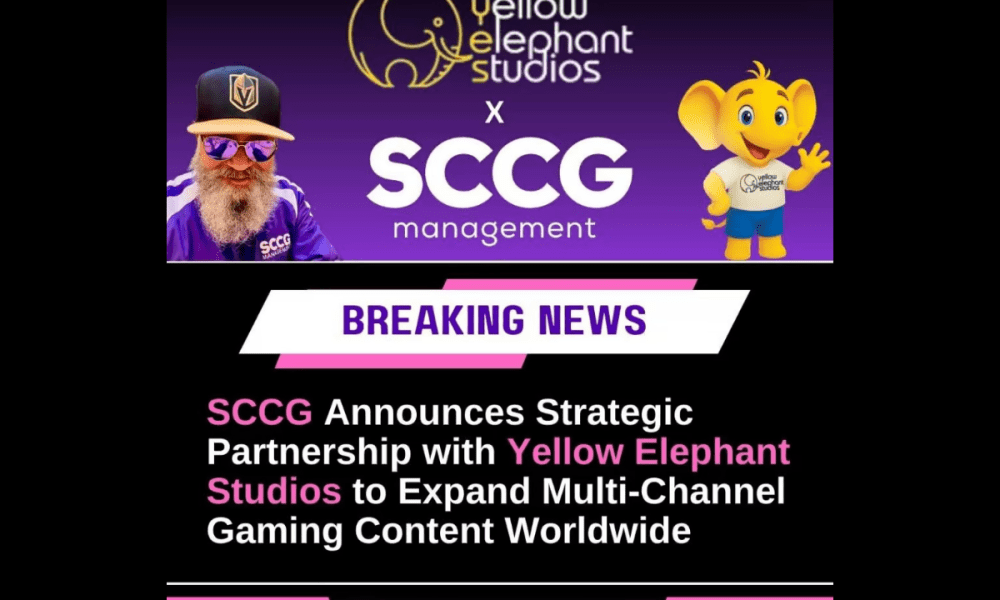
 Latest News5 days ago
Latest News5 days agoSCCG Announces Strategic Partnership with Yellow Elephant Studios to Expand Multi-Channel Gaming Content Worldwide
-
Latest News3 months ago
Adidas Arena Set to Welcome the 2026 Six Invitational
-
Latest News3 months ago
LiveScore Group announces transformational partnership with X and xAI to drive the future of integrated sports media and betting
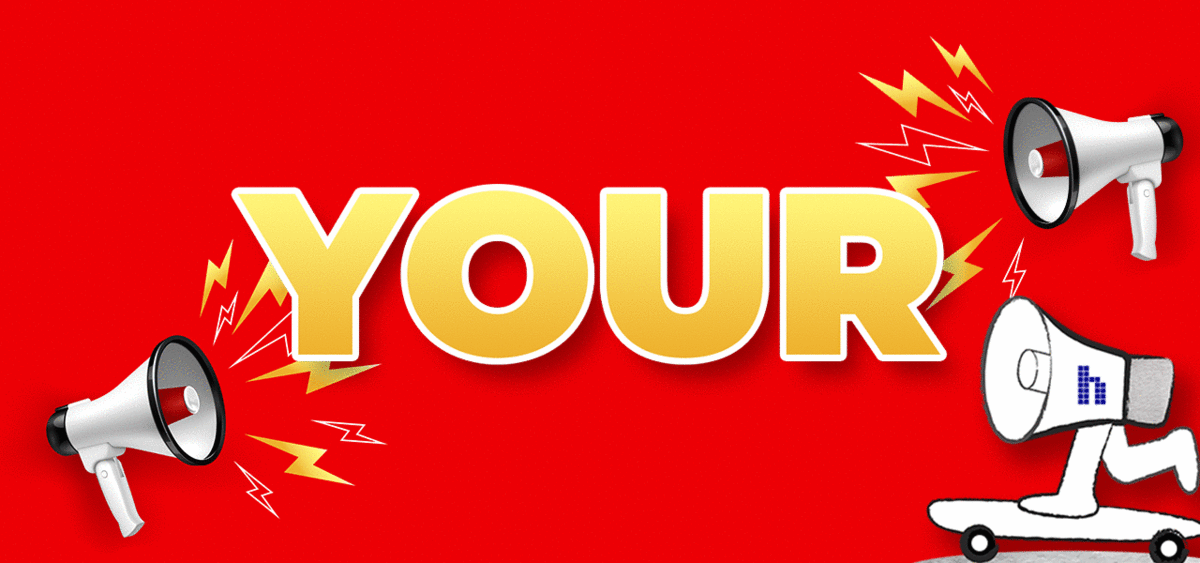

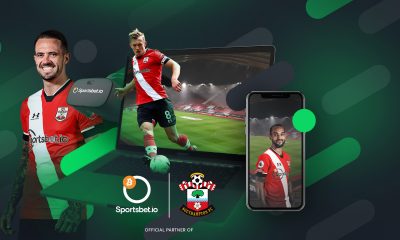

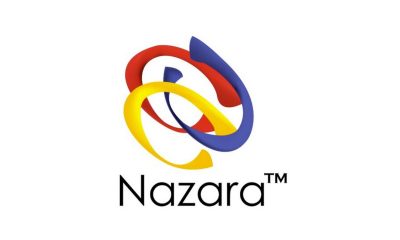



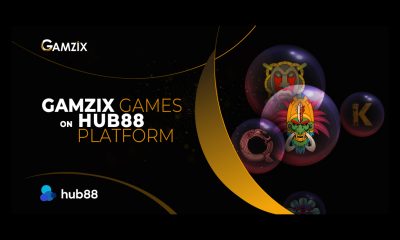

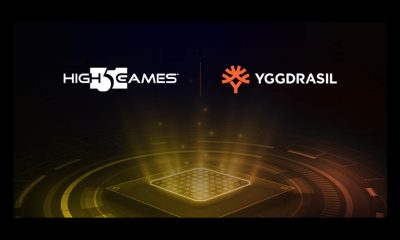

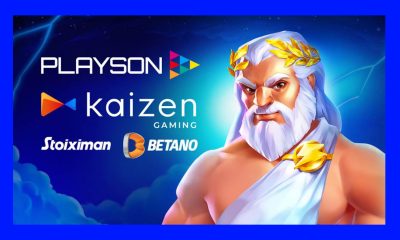



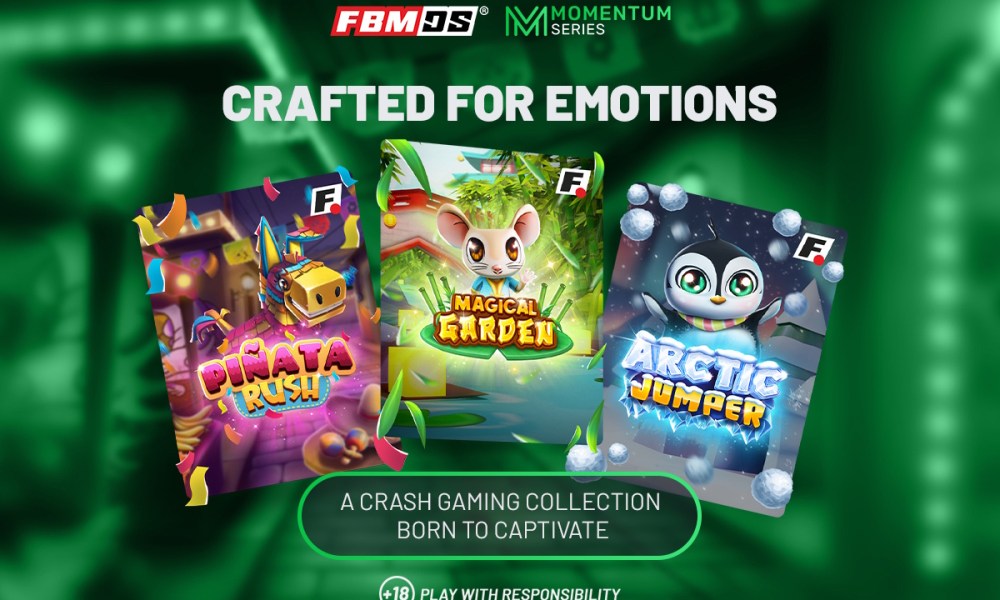
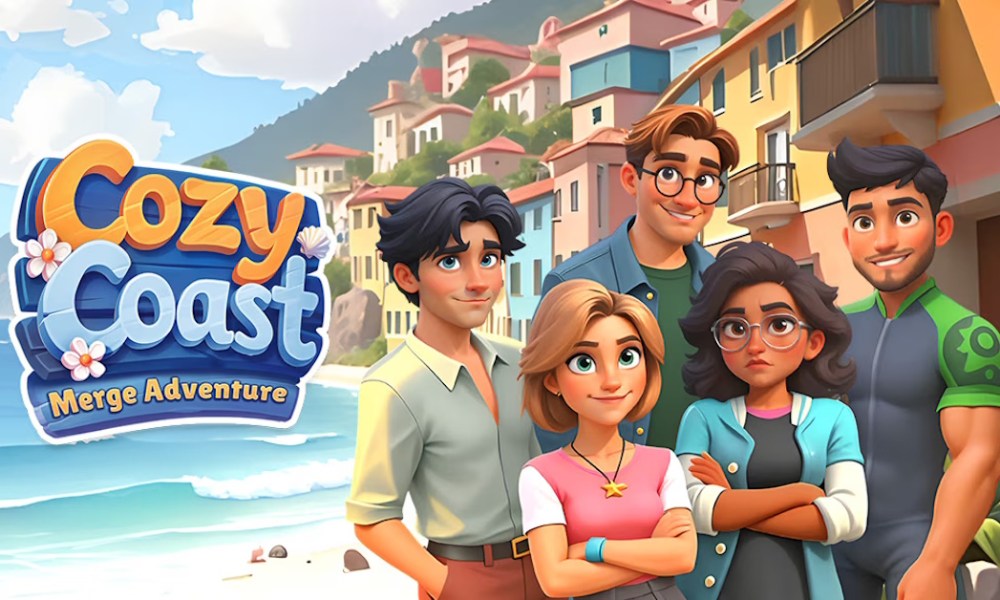
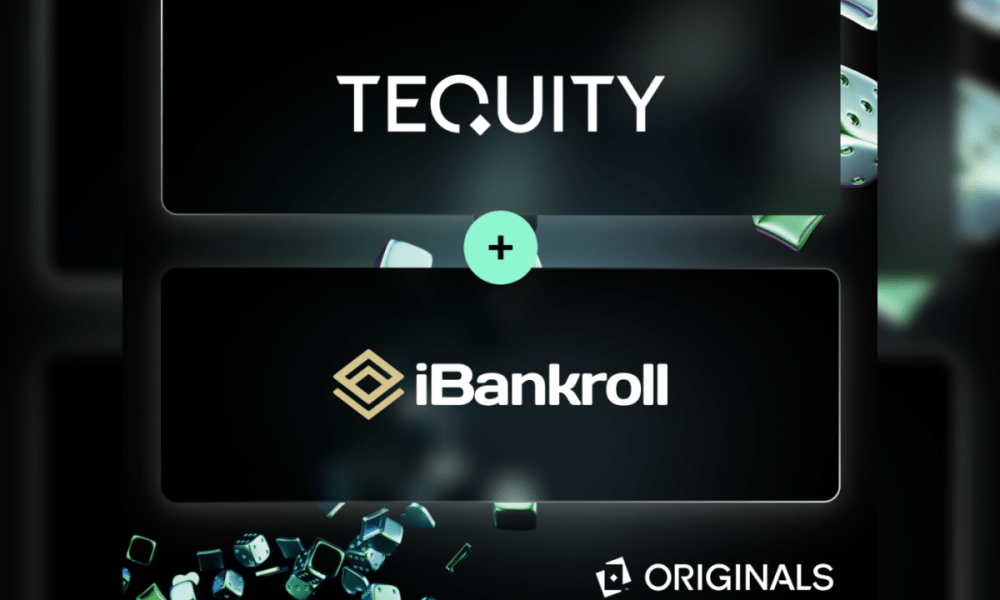
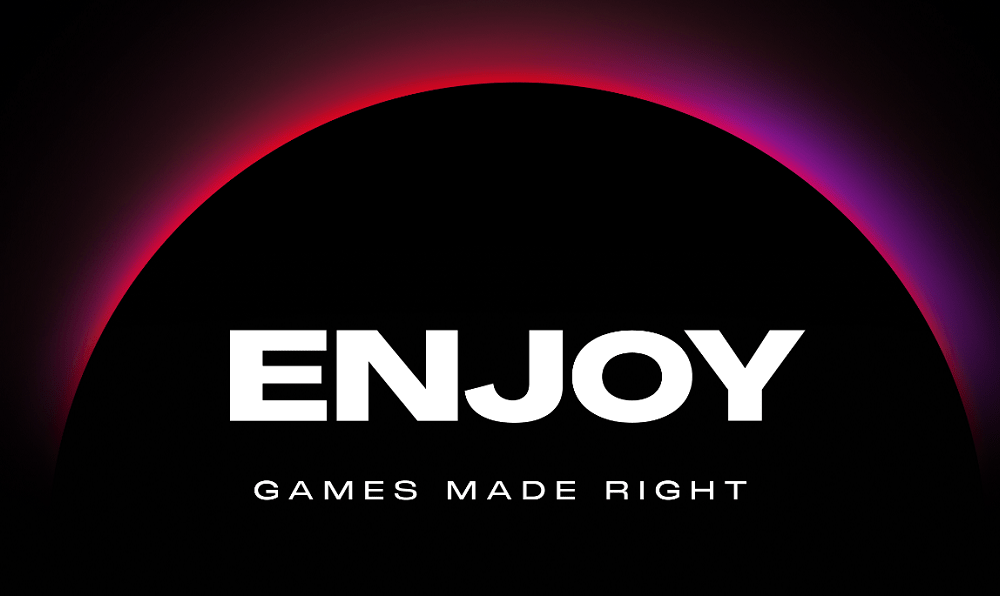
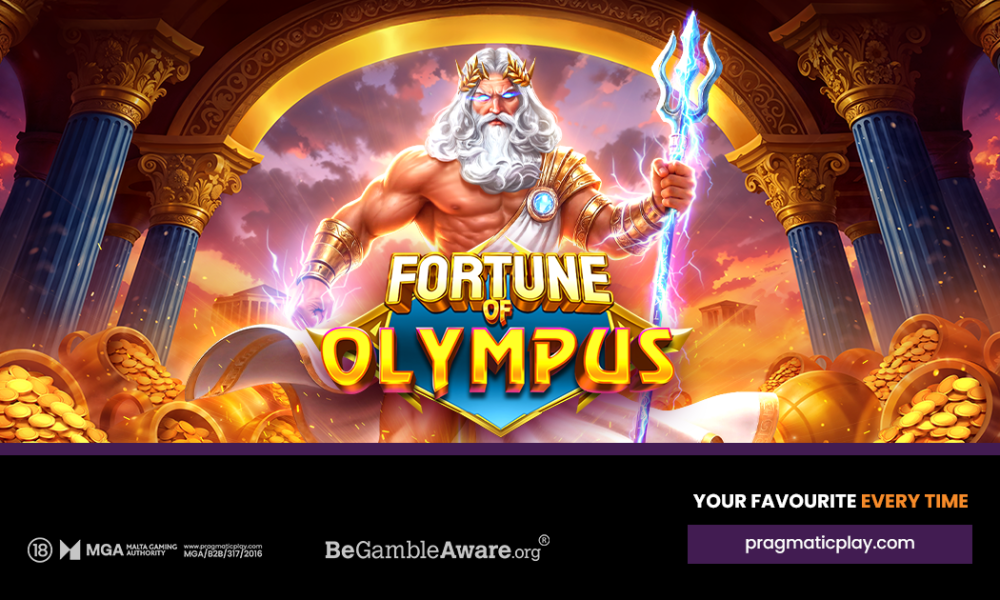
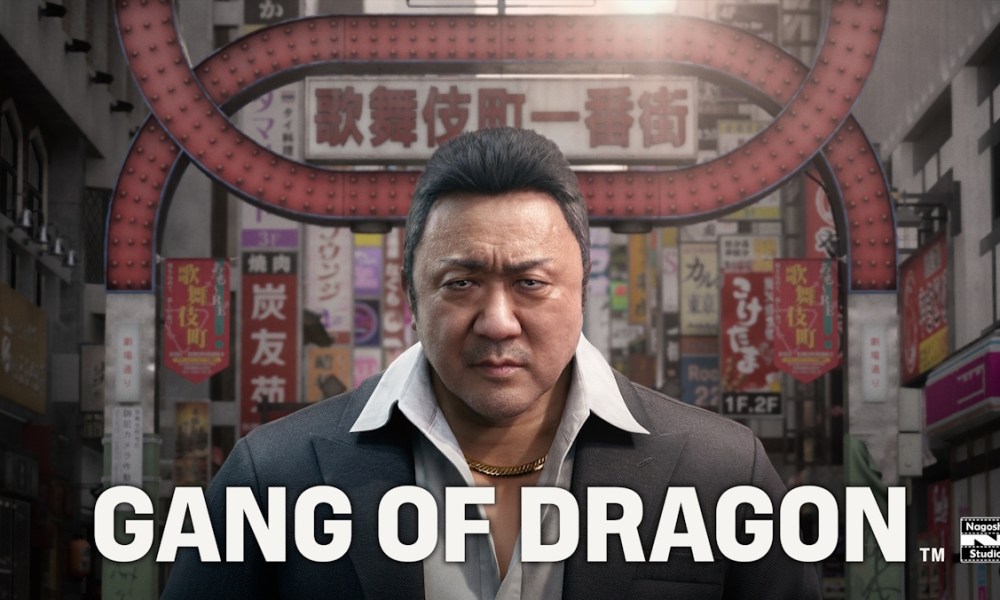
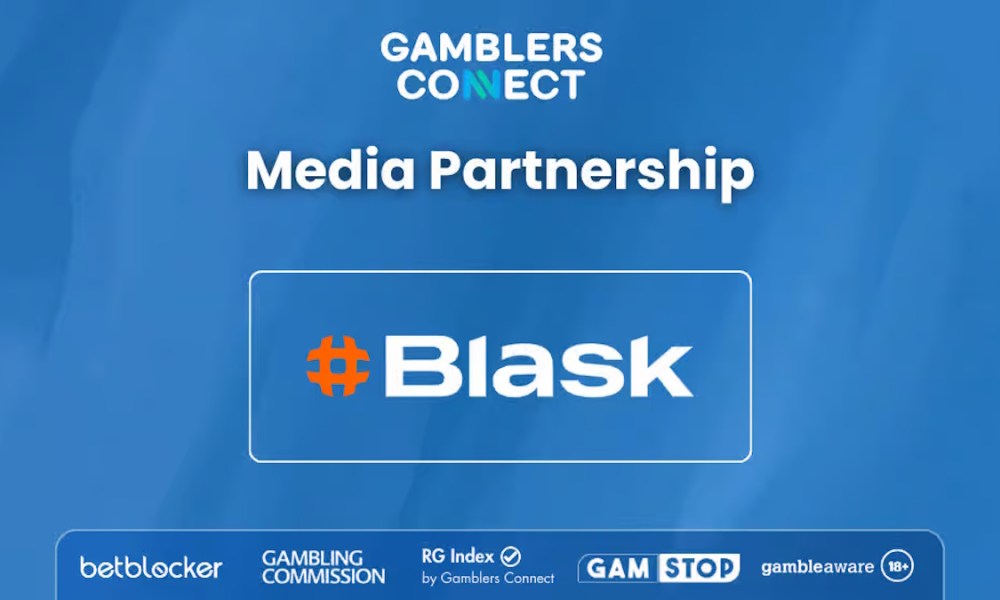

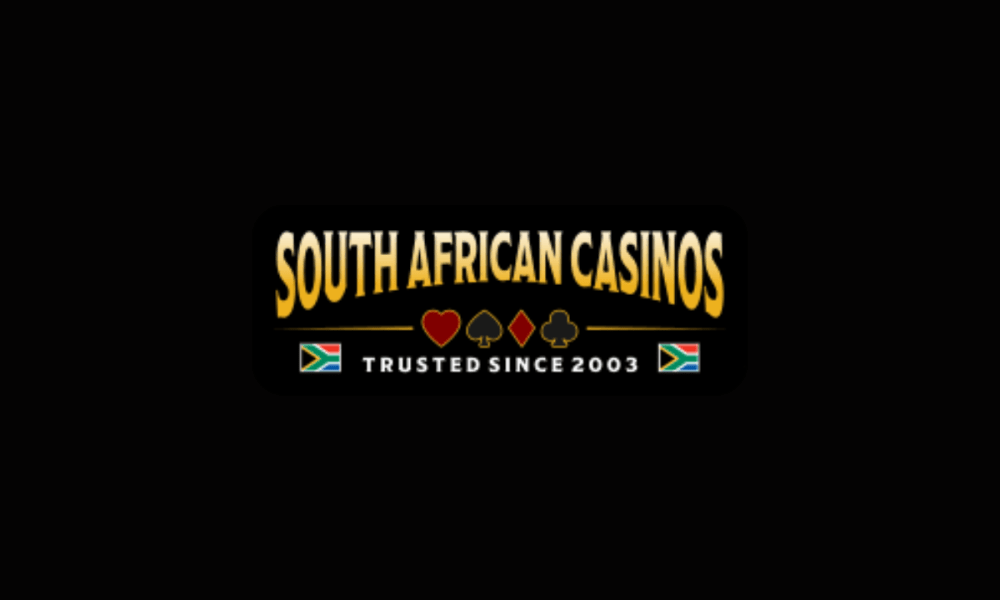
You must be logged in to post a comment Login